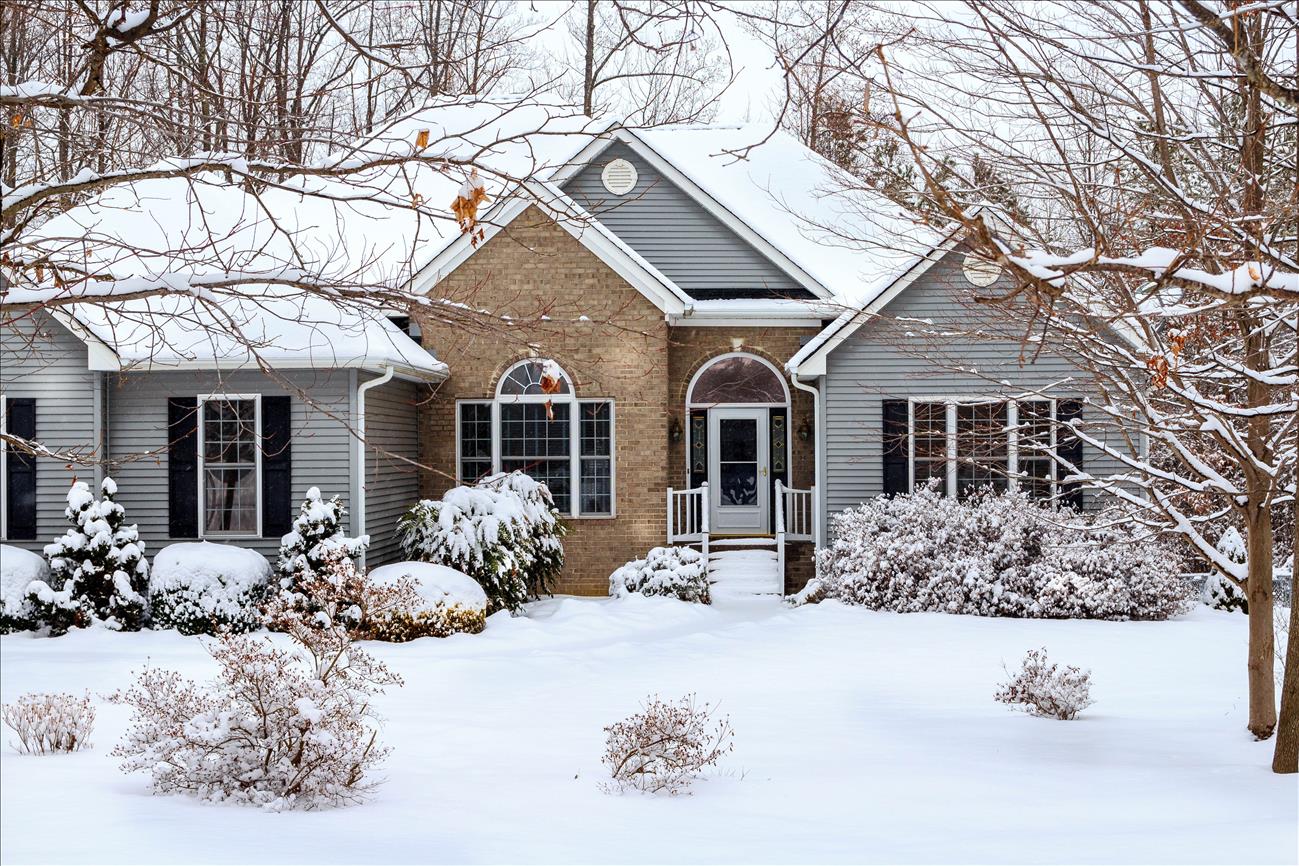Can't Decide on Vinyl or Wood Siding for your Home? Here's What You Need to Know.
If your harvest gold 1970s siding is beginning to feel dated (rather than groovy or retro), it might be time for a siding update. Likewise, if your siding is damaged, faded, or otherwise uncompelling, a nice siding job will brighten up your house and increase the value of your home.
While there are lots of composites available, including wood-based products, we’re going to compare the two most popular and long-lasting options: vinyl and wood siding. Siding your home can be costly and there are many important considerations for choosing the best material for your job.
House Siding Color Options
Obviously, if you choose to side your home with wood, this gives you almost unlimited color and stain choices, which may be important to you, depending on your taste. If you have a historic home, this may be your best bet. Vinyl siding, on the other hand, comes in a more limited range of colors that vary by trends and companies. Your contractor should provide you with sample books for both siding and paints so you can narrow your choices.
In the past, vinyl siding used to be really prone to fading. While early 1950s attempts at manufacturing vinyl siding produced unimpressive, shoddy results, newer technology has resulted in more UV-resistant dyes, more interesting profiles and decorative surface treatments, making them a more appealing option. Most good modern paints are fairly UV stable, but certain pigments are more prone to fading than others. Ask about the lightfastness rating of the pigments used in your paint and vinyl siding choices.
House Siding Profile Choices
Vinyl siding now comes in a variety of interesting textures and profiles that are made to mimic the look of wood siding. Early vinyl siding was limited to a traditional clapboard profile, which sometimes looked a bit baggy when translated into vinyl. Now profiles such as Dutch Lap can give a beefier, heavily-shadowed, European look for more visual interest. Beaded boards are another way to provide a little architectural interest and shadow to your siding job. These are only a few of the profile types. Check with your contractor for other samples (such as shingle).
Wood textures have also been introduced to provide the visual appearance and tactile feel of natural wood. Do be aware that too deep a texture might be prone to collecting dirt and dust, which will increase the maintenance.
Wood siding, on the other hand, comes in a huge range of traditional profiles and can also be custom milled to any specification you might have. This makes it more versatile than vinyl.
House Siding Ease of Installation
Generally, vinyl siding is easier and faster to install, plus it doesn’t have to be painted, which saves a lot of time in the installation. Installing vinyl siding requires special equipment and expertise and every manufacturer has their own installation specs. Make sure you find a seasoned contractor with experience installing your siding type (whether it’s wood or vinyl). An improperly installed siding/trim job can lead to unexpected leaks and other issues.
Cost of Installation and Materials
Solid wood is more expensive than vinyl, both for the materials and for the labor. Wood generally must be securely nailed, and placement of planks tends to be more fidgety. Vinyl profiles usually require fewer fasteners and have built-in guides for alignment. Wood siding becomes even more expensive when you factor in the finishing, which can cost another $2500-$6000, depending on the size of your home.
Wood siding (before painting) costs from 4-$10 per square foot for installation, depending on the wood type. Cedar is more expensive than pine. Vinyl, on the other hand, can cost $2-$7 per foot, depending on the brand and profile. Total cost will vary depending on what part of the country you live in.
House Siding Durability
Wood definitely beats out vinyl for durability, provided it is properly finished and maintained. Wood can last for the life of the house if paint/stain is continually refreshed. Vinyl is more prone to cracks and damage and may become brittle with age. When it does need repair, consider the fading factor (this is a good thing to bring up with contractor or manufacturer). If you have room to store a few of the leftover planks, this will be good for potential future repairs. Ask for some leftover pieces from your job.
House Siding Maintenance
What makes vinyl so popular is that its nearly maintenance free. Occasionally, you will want to power wash it to remove dirt, but it never has to be painted (although there are vinyl paints on the market). One of the frequent complaints of wood siding is the maintenance—both the labor AND the cost, if you are unable to paint it yourself. Paint may blister in the heat or peel over time, which causes some refinishing issues. Stains also pose refinishing issues, so be sure to investigate this before making a commitment to either siding types. Painted or stained wood siding, like vinyl, should be power washed every year or two.
House Siding Adds Resale Value
One final consideration in your siding choice is resale value. Provided you properly maintain wood, it will add more value to your home than a vinyl job, although a nice vinyl siding will also increase curb appeal. But choose the type that’s best for you, as you are the one who is living in the home and you’re the one who must maintain it.
Whatever siding you choose, be sure to investigate all the pros and cons by getting lots of samples and asking lots of questions. Find free and easy quotes for your contracting jobs on our website.
Are You a Professional?
Requests for your services are coming in left and right. Let’s connect and grow your business, together.


